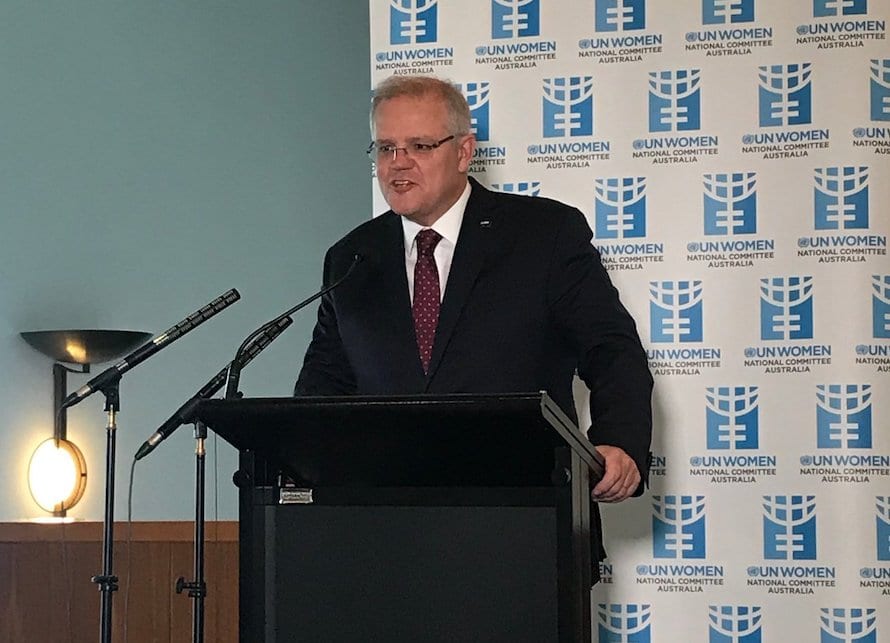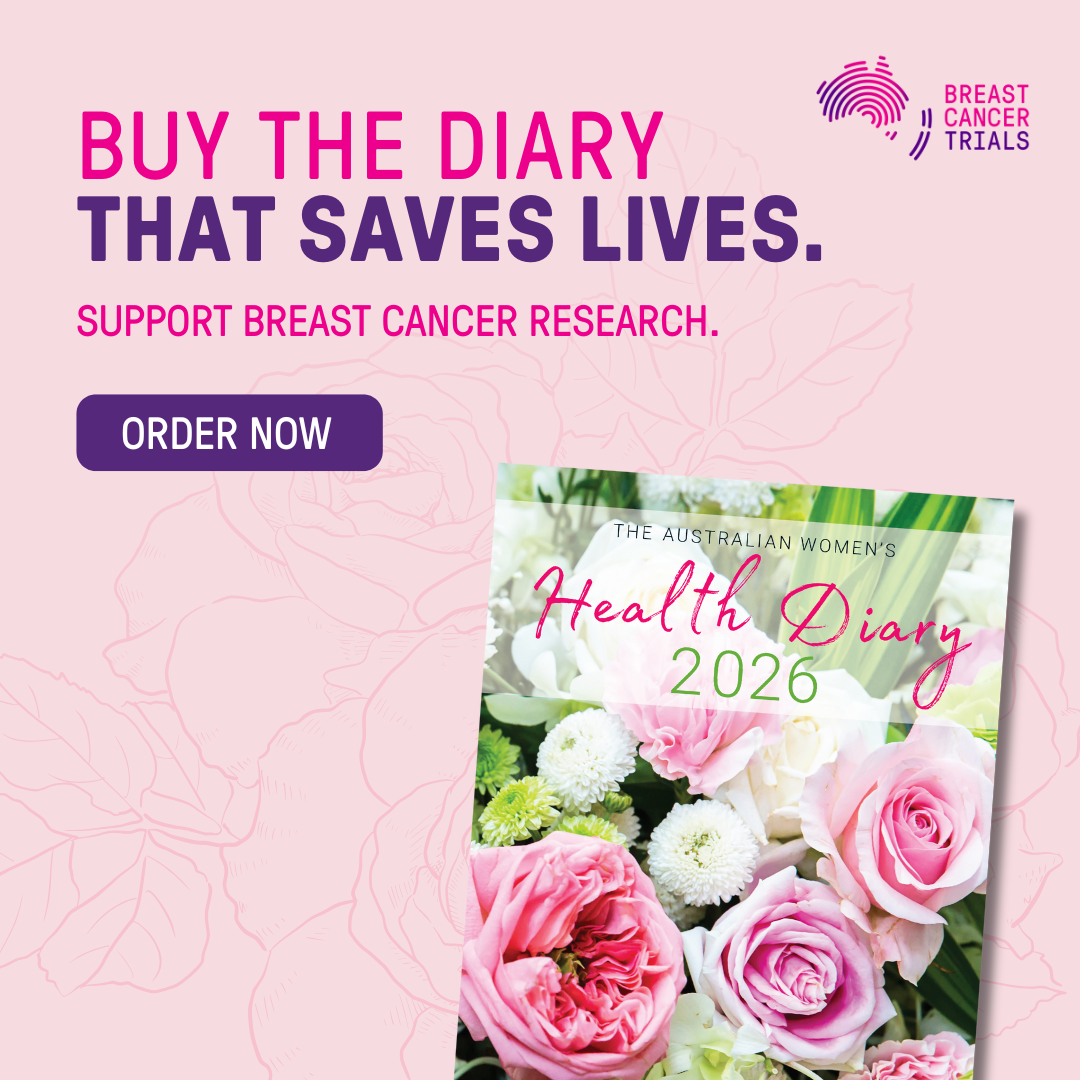It should, therefore, come as no surprise that Morrison – perhaps overly keen to avoid the missteps of last year – delivered his 2020 IWD remarks at the UN Women’s IWD Parliamentary breakfast scheduled for last Friday, a full three weeks ahead of the day itself. The early bird catches the worm? Not quite.
I first became aware of Morrison’s rather premature take on IWD when I spotted a headline on Sky news proclaiming “Government delivers outcomes for women”.
How grand, I thought, wasting no time to take a closer look at the transcript of Morrison’s remarks to see for myself what miracles , pardon me “practical solutions”, this Government claims to have delivered for women. (And let me just say, the next time this Prime Minister or anyone else in the Coalition Government uses the word “practical” in relation to gender equality policy, I will break out in hives. I’m looking at you Michaela Cash.)
I have made no secret of my view that Morrison and his Government are gaslighting Australia’s woman, and his IWD comments delivered up more of the same. They are woefully in need of a fact check, or at the very least some context. So I was disappointed to read the transcript of the event’s media doorstop, where not a single journalist in the Canberra press gallery pressed our Prime Minister on the veracity of his claims – or whether or not he or his government, as the headlines later trumpeted, had really “delivered outcomes”.
In my view, it should not take a monumental cock-up like suggesting woman’s advancement should not come at the expense of men to warrant a bit of media scrutiny. Here, I’ll give it a go.
Morrison wasted no time in getting down to brass tacks and articulating, yet again, what he and his Government really believe underpins women’s inequality – their “choices” and lack of “merit”.
“When women and girls have freedom of choice and opportunity, they receive the same merits for their hard work and ingenuity as men and boys,” he said.
Really? If only it were that simple. With his dubious use of words like “choice” and “merit”, Morrison continued to gaslight Australia’s women by suggesting that their inequality is, in fact, their own fault. If only they made different “choices”. If only they had the same “merit”.
As is the case with the Government’s 2018 Women’s Economic Security statement — which was meant to be the Government’s road map to gender equality but mentions the word “choice” thirteen times and the word “discrimination only three, two of those in Sex Discrimination Commissioner Kate Jenkins job title — the theme of “choice” featured prominently in Morrison’s IWD comments. The concept of discrimination…not so much. Well, actually, not at all.
Morrison did not utter the word once or highlight what his Government intends to do about the various forms of discrimination that hold women back. For example, 1 in 2 women experience pregnancy discrimination according to the Australian Human Rights Commission.
Next up, and on a related note, Morrison spruiked one of the single most patronizing programs for women I have ever seen, the $75 million “Mid-Career Checkpoint Initiative”.
As I said when Morrison announced the initiative ahead of the last election, the program is the equivalent of patting a woman on the head, telling her she is a “good girl” and just needs to “try harder”.
Designed to “help those stepping back into the workforce” after a caring related career break, the Mid Career Checkpoint programme reinforces the prejudice that women returning to work after children need to be “fixed” because they lack “skills”. Computer skills, curiously enough, are particularly vulnerable to the effects of baby brain.
Finally, Morrison claimed as a victory the fact that the Coalition Government had “created” 1.5 million jobs, “the majority of which have actually been taken up by women”. As many a fact-checker will point out in regards to a government’s claim to have “created” jobs, they need to be taken with a massive grain of salt because many factors influence job creation, government policy one, but not always the most influential.
But that aside, in relation to women’s employment and those “jobs for women”, it is also important to interrogate what kind of jobs. Are they full time? Australia has one of the highest part-time work rates for women in the world, reflective of how difficult it is for them, for a variety of reasons, to balance care and paid work.
And in which industries are these “jobs for women”? Are they in traditionally low paid, female dominated industries (research shows that pay decreases 30 percent when an industry is female dominated)? Or in the higher paying workplaces dominated by men?
Are they in the senior ranks of workplaces?
These are just a few of the things that might illuminate how we are tracking on occupational segregation, the undervaluing of women’s work, and women in leadership, factors that contribute to the stubborn 14 percent gender pay gap. And, yes, as Morrison claimed on Friday, that figure is at a historic low, but the Workplace Gender Equality Agency also says it will take another 50 years to close. Details, details…
These are just some of the comments or questions I would put to the Prime Minister before writing a laudatory headline, “Government delivering outcomes for women”. Can I humbly suggest a few others do the same?
Kristine Ziwica tweets @KZiwica



